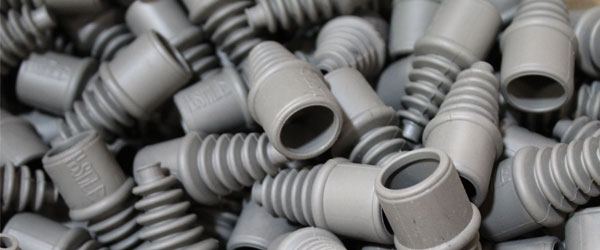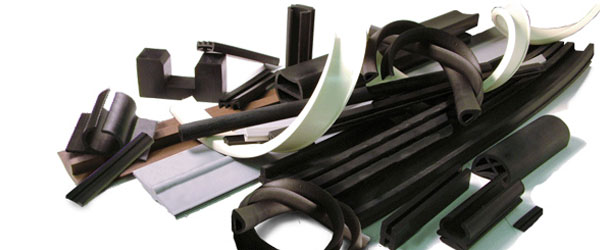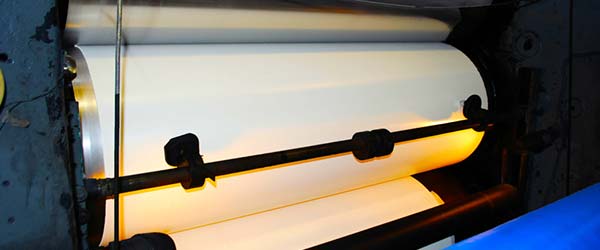EPDM RUBBER
EPDM Rubber
- Ethylene Propylene Diene Monomer Rubber which comes under M-class(i.e. the backbone chain is having polymethylene chains) as classified by ASTM D 1418 standard
- DESIGNATED BY THE FOLLOWING LETTERS IN THE SAE J200 / ASTM D 2000 LINE CALL OUT’s in the specification as: EPDM RUBBER AA , BA, CA, DA
- The properties of the EPDM depends on the composition of ETHYLENE, PROPYLENE percentage in the grade
- cure rate depends on the percentage of the Diene content and as well as the Diene type
GENERAL CHARACTERISITCS OF EPDM RUBBER are as follows:
- EPDM Rubber is having very good Heat, Weather, Ozone resistance.
- Good resistance to Steam, Polar substances, Ketones, diluted acids and alkalines
- Excellent insulation properties for the low/Medium voltage range.
Limitations of EPDM:
- poorer resistance to most oils
- gasoline, kerosene
- aromatic, aliphatic hydrocarbons, halogenated solvents
- concentrated acids
General Guideline for the PEROXIDE curing of the EPDM Rubber:
- Grade choice for peroxide curing apps with better Heat aging property could have
lesser polypropylene percentage, as there is a possibility of chain scission in the Polypropylene, which
could reduce physical props. - Third monomer type (Diene) and its percentage, as the allylic hydrogen (that is adjacent to
double bond of the diene) is easily abstracted to create a radical that is used to create the crosslink and
also act as the co-agent. Note: DCPD type contains 3 allylic hydrogen, whereas ENB contains up to 6
allylic hydrogen. - The proper choice of the EPDM grade is high molecular weight with narrow distribution to have good
physical properties - use of proper Coagents will also give good physicals – Here the CLCB
grades can be useful in balancing the processing and physicals. - Oil should be Paraffinic type (In Naphthenic, the oil will interfere with the peroxide as the
aromatic content is higher). - if acidic fillers (including kaolin clay, calcined clay, ppt. Silica) are used, PEG or TEA or Silanes need to
be used for better cross-link density. - On the usage of Antioxidants TQ or ODPA with MBI can be used for those requirements.
THERMAL PROPERTIES OF EPDM
- Coefficient of thermal expansion linear 160 µm/m·K
- Maximum service temperature 150 °C
- Minimum service temperature −50 °C
- Glass transition temperature −54 °C
 (909) 987-1774
(909) 987-1774 Email Us
Email Us






